Our RV Steer Tire Blowout
I had a blowout on my passenger steer tire doing 65 mph in my 2016 Tiffin Phaeton. In this article, I am going to share exactly what happened and how I was able to control the RV and safely get it off the road. You can watch a video of my first hand account of the blowout below.
The morning of the blow out was like most ordinary moving days except for one thing: one of the sensors on my TST Tire Pressure Monitoring System had a dead battery. Luckily, I had a battery to change the sensor battery and that is what I did. I remember doing a thorough tire inspection that morning because I was already engaged with my tire with the TPMS sensor. I visually inspected all tires looking for any imperfection, cuts, bulges, etc. The tires looked great, and my tire pressures were exactly where they needed to be. My TST TPMS was logging all of my pressures correctly and it was time to hit the road.
We were on the road for about an hour when the blow out occurred. The sound of the blow out was shocking. It was a loud shotgun sound and it shook the entire RV. My TST 507 TPMS went into alarm almost simultaneously, and the immediate side force was intense. The forward momentum shifted to the side that the blowout occurred on (in my case, the passenger steer tire) and the fight to keep the RV on the road moving forward was taxing. Everything is amplified when a blowout is on a steer tire as this is how you direct the RV; a blowout on a rear tire isn’t typically as difficult to control since it does not control your steering. I knew that the first thing I needed to do was shift the side force back to a forward motion; if I was not able to do this then the RV would have just continued in that direction, off the road and into the ditch.
Instincts took over at this point and everyone's instinct may be different. I feel I am lucky to know a lot about tire safety, and I have been trained on what to do in case of a tire blowout many times. In order to get the forward momentum back, you must push the gas pedal down to regain the forward momentum immediately. This forced forward momentum will keep the RV from continuing to push you off the road. When you give it the gas, you are not necessarily trying to gain speed, but rather shift the momentum forward.
In the moment of my blowout, I immediately went to the gas pedal. I was never sure if that is what I would do if this ever happened to me, because the first thing you want to do is slow down. In rethinking my situation, I recalled that I had the cruise control on at the time. Because of this, I had some help because as soon as the blow out occurred the RV slowed and the cruise control kicked in to regain the speed. In my case, it was only a few seconds before I tapped the brakes. When I tapped the brakes, this disengaged the cruise control and my engine braking system kicked in, which meant that the RV was downshifting to slow me up. A perfect combination of the down shifting and me tapping on the brakes is exactly what I needed.
As this was going on, my instincts were to get the RV off the road. So as I am fighting with the steering wheel to keep the RV straight, I started to ease off of the road, and as soon as the blown tire hit the dirt off of the road, a new wave of side force started. I had not planned on this, but the dirt was very soft, and it was pulling me towards a ditch. I fought to keep the rest of the RV on the road, and as my speed decreased to a much lower speed, I pulled off of the road as my RV came to a stop.
The RV was parked perfectly parallel to the road and I avoided a major accident. So what do I attribute this to? Well, the answer is in the words of the experts, and I am here to confirm that what they say is accurate. If you have a blow out, step on the gas briefly to regain forward momentum. After you regain the forward motion, then tap the brakes to get the RV stopped in a controlled manner. If I had hit the brakes, I can tell you that the side force was already so intense that I am not sure I could have controlled the RV had I increased the side force by stomping on the brake.
I am lucky that I live and breathe tire safety in my business, but someone who does not put much thought into this may not have these instincts. The truth is that when a blowout occurs you are left with only instincts. There is no plan that you can pull up and follow when it happens, it is all instincts and feel. I want this article to stick in your head; if you have a blow out, give it the gas and get ready to hold your line in the road with the forward motion.
So how could someone like me have a catastrophic tire failure? I am so meticulous with my tire maintenance. Well, what happened to me is a mystery, and very rare. Most tire blowouts are preceded by low tire pressure and high temperature, and I had neither of these. I could have had some internal tire damage that I could not see; anything is possible. This article is not meant to scare anyone that drives a RV since my experience is very rare as it relates to tire blowouts.
If you run a TPMS and can be notified of low pressure and high temperature, then you will greatly reduce the odds of you having a blow out as you would be warned of the preceding condition before the blowout occurs. Had this blowout occurred in my towed vehicle, it is possible that I would not have even been able to tell without my TPMS alerting me.
A few points that you may be interested in is the age of my tires. My tire date code was 2715, or the 27th week of 2015, so my tires were about 6 years old and had about 65k miles on them. The general thought on motorhome tires is that they are good for 5-7 years (some get longer), but my plan was to change them at 5 years. The issue is that at 5 years is when COVID hit and we were really not traveling, so I decided to wait until we were going to be on the road again.
This trip was a quick two-day event and was only about 400 total miles. I still feel comfortable with the 5-7 year mark of changing my tires as long as the tires have been well taken care of. Tires like to be rolling and sitting for a long period of time can be bad for them. During the past year we rolled the tires a half dozen times, and I can’t say if this was a contributing factor, but I am not ruling it out either. We were planning to change the tires within the next month anyway, so of course, that is still happening.
You may be wondering if I took any damage to the RV. Oftentimes when a blowout occurs, the tire comes apart and can do major damage to the RV (in addition to possibly causing the RV to flip over causing a major loss.)
In our situation, the tire did come apart and was beating the RV pretty good, but there really is not anything under the steer tire well on my RV. The tire did knock the gas fill line loose from the RV (as seen in the picture), but luckily did not pull away from the gas tank, so the damage was very minimal.
I am sending the blown tire to a tire lab to get it inspected to find answers about what happened to my tire. I am just curious to see what can be found out since I am so meticulous with my tire care. Did I miss something? Maybe, but I don't think so.
I just wanted to use this experience to help further educate the RV community and anything I can share in my experience I will do it, including what the results are from the tire lab.
In the meantime, I am very thankful that my instincts were to follow the proper driving procedures when a blowout occurs and that Tami and I were safe during the event.
Interested in what Tami's take was on the whole ordeal? Watch this informal video on our reactions during the event.
Want to add a Tire Pressure Monitoring System to your RV and towed vehicle? We carry the TST and TireMinder brands. You can check them out by clicking here.


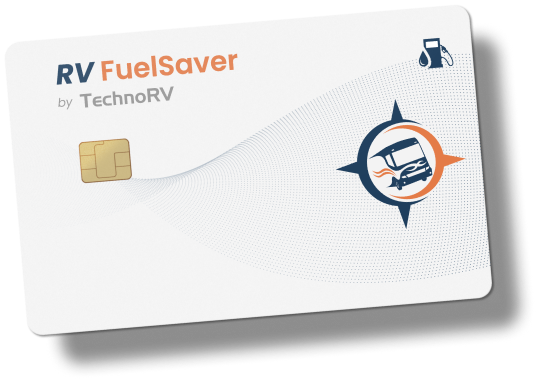
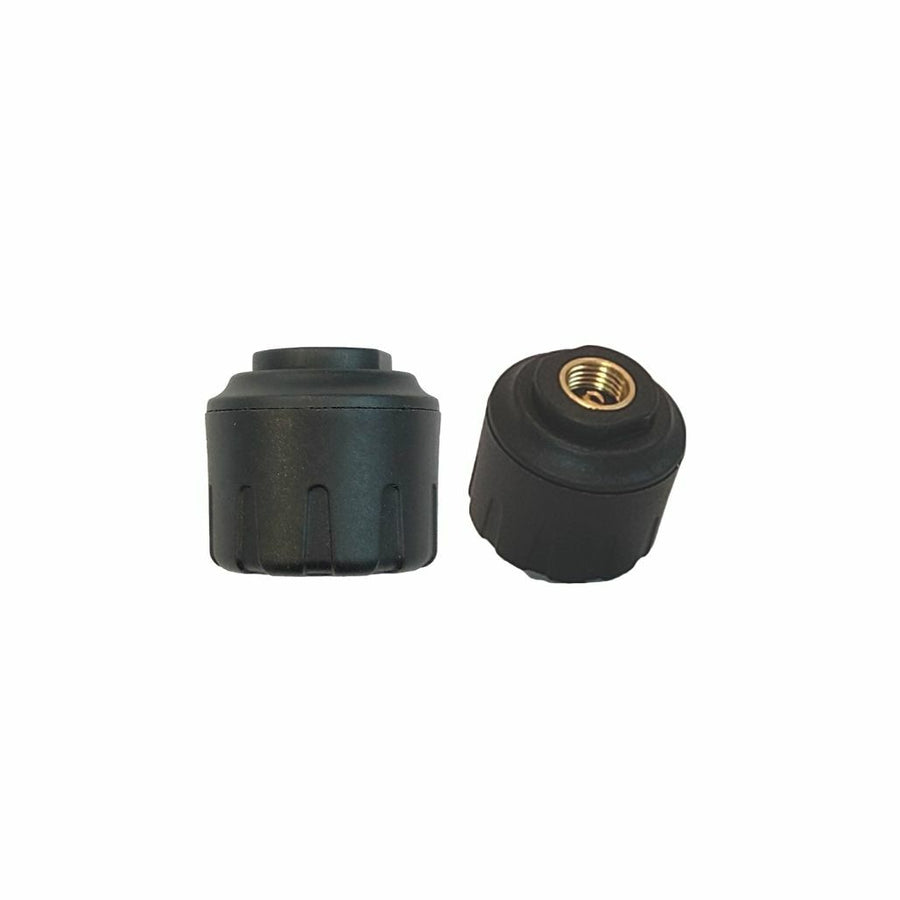
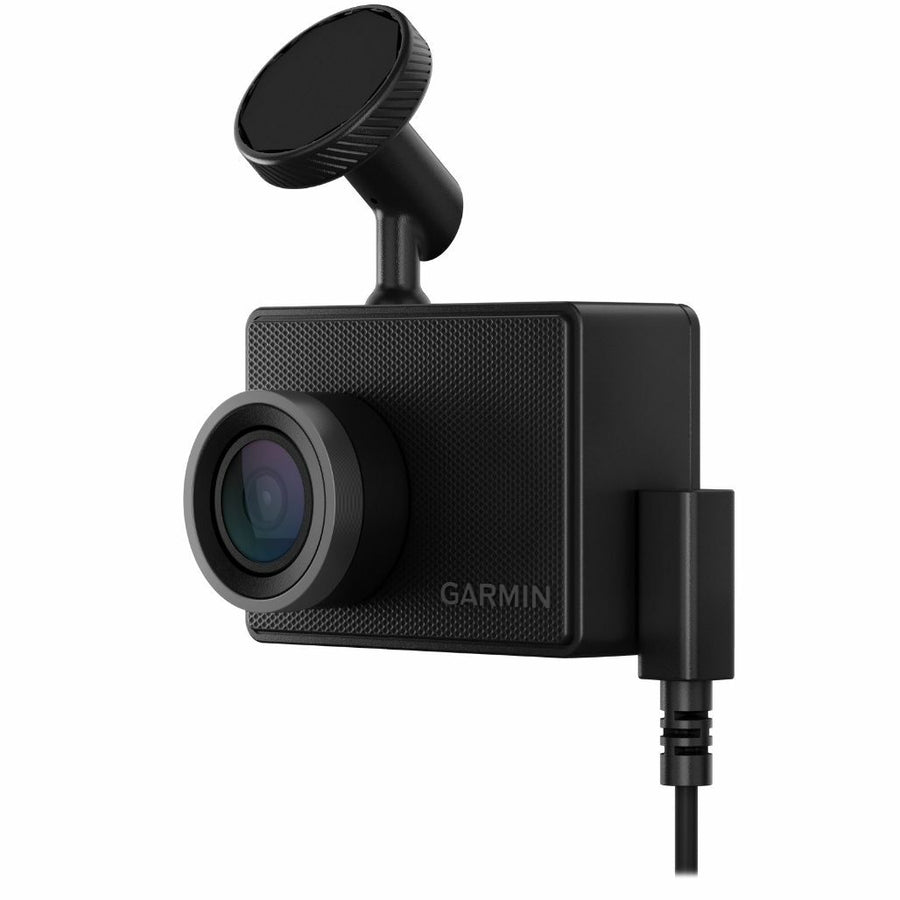
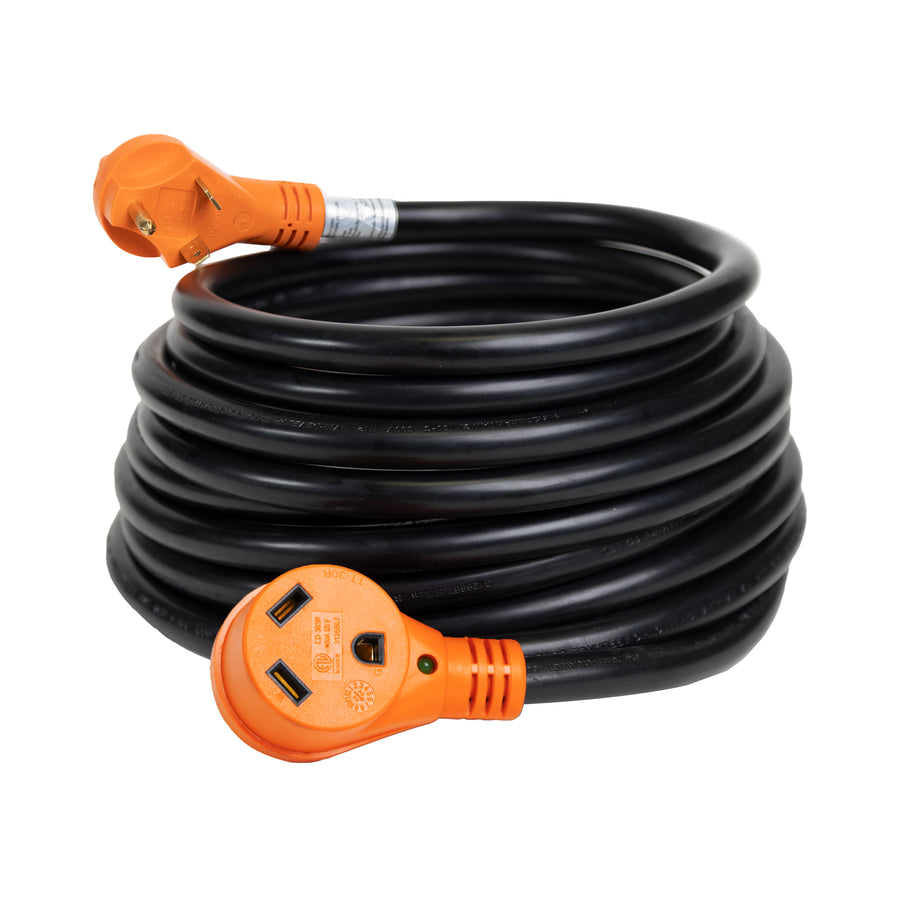
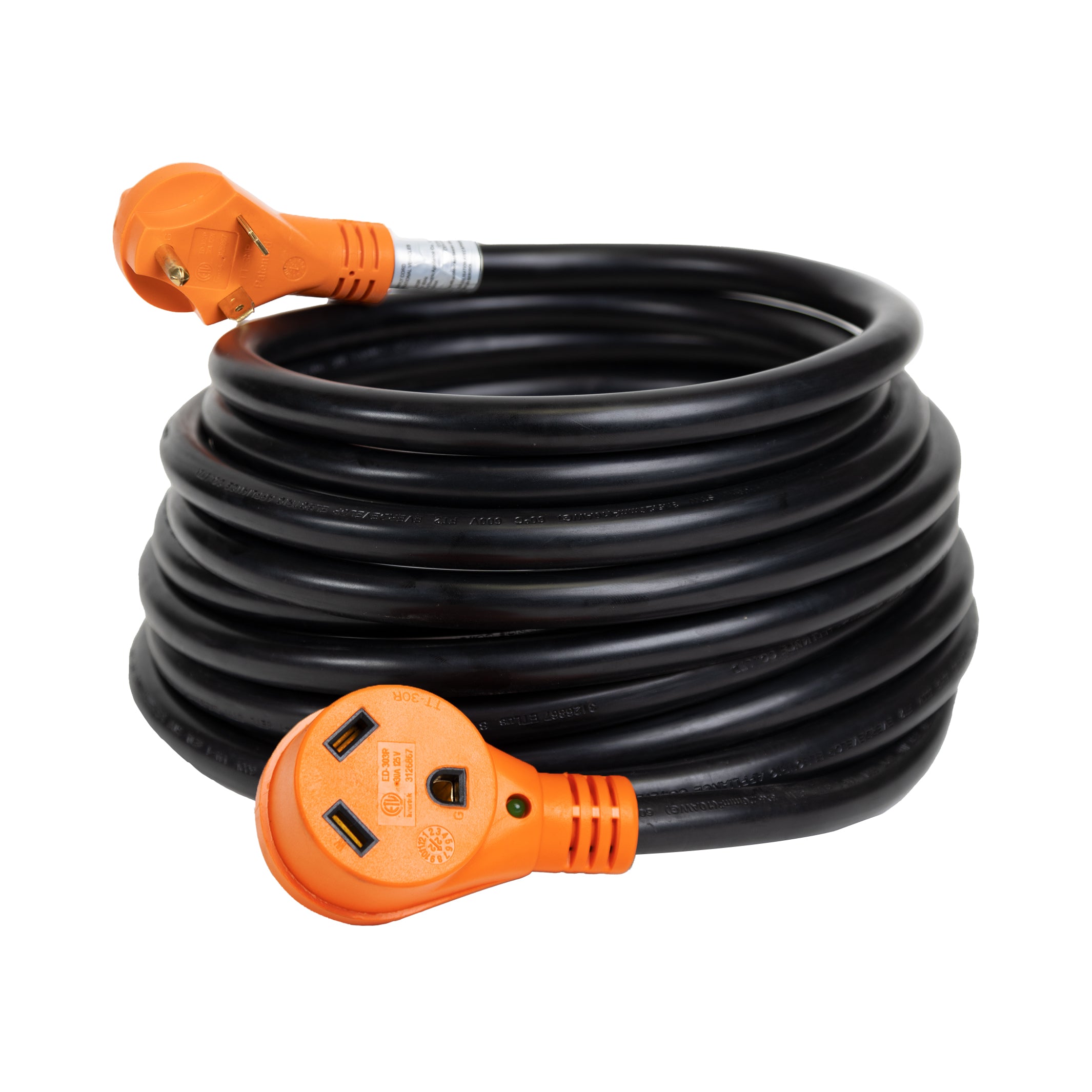


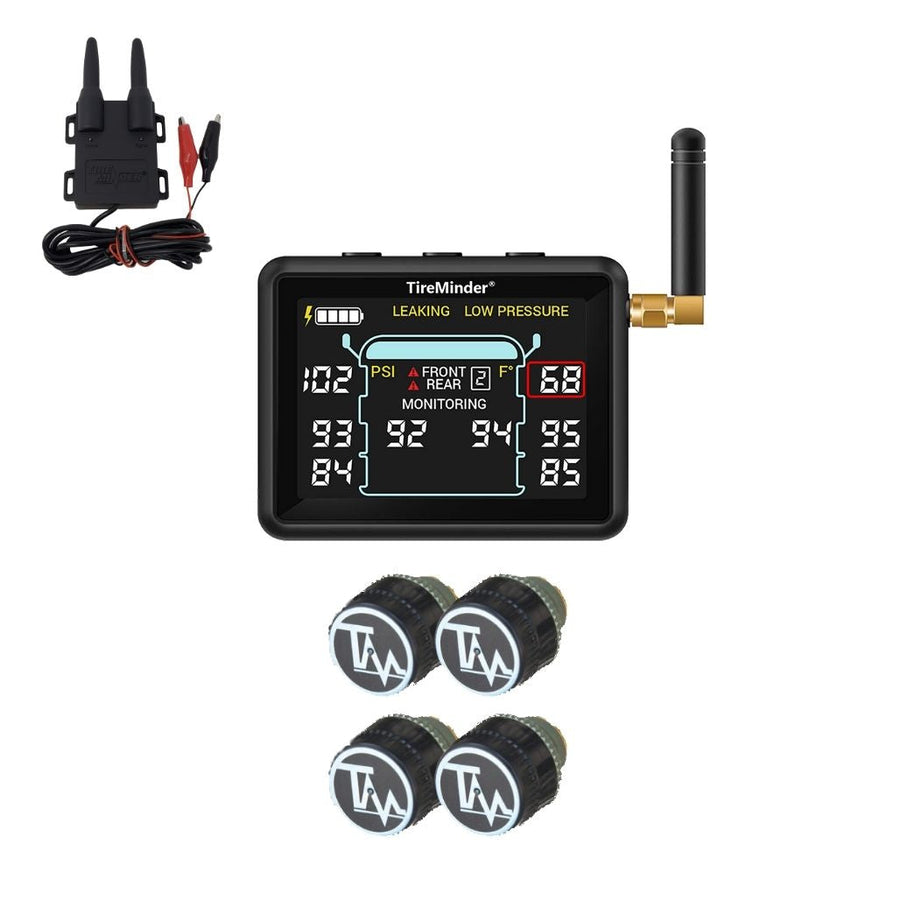
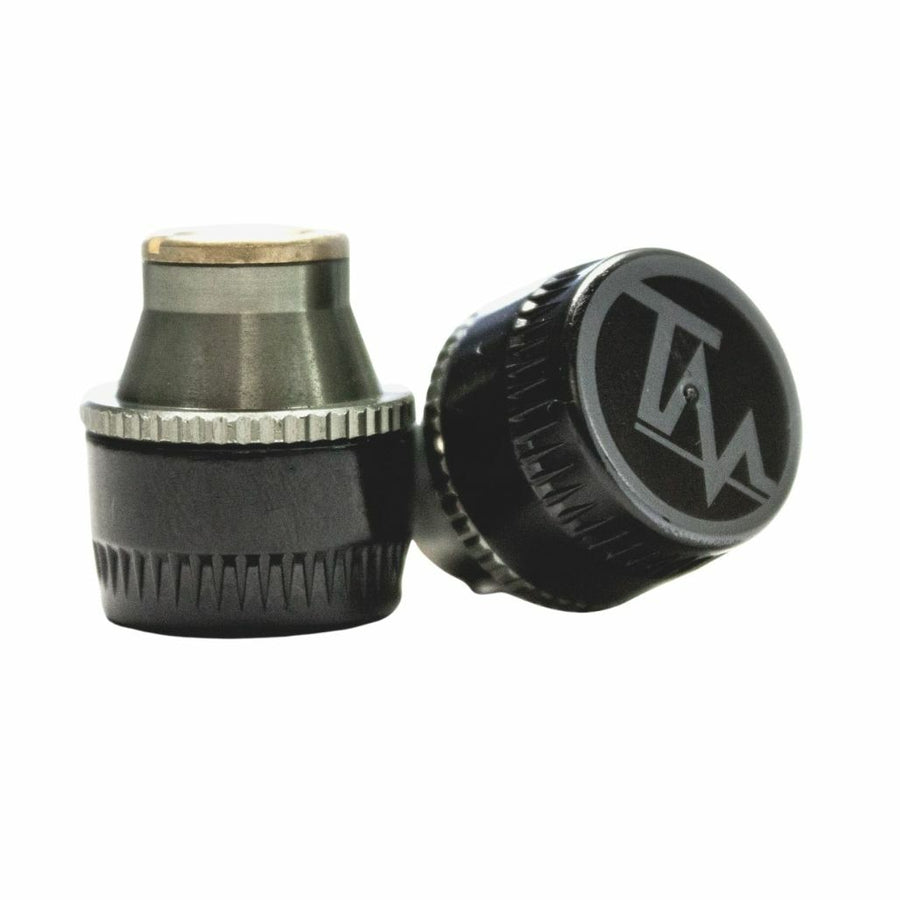
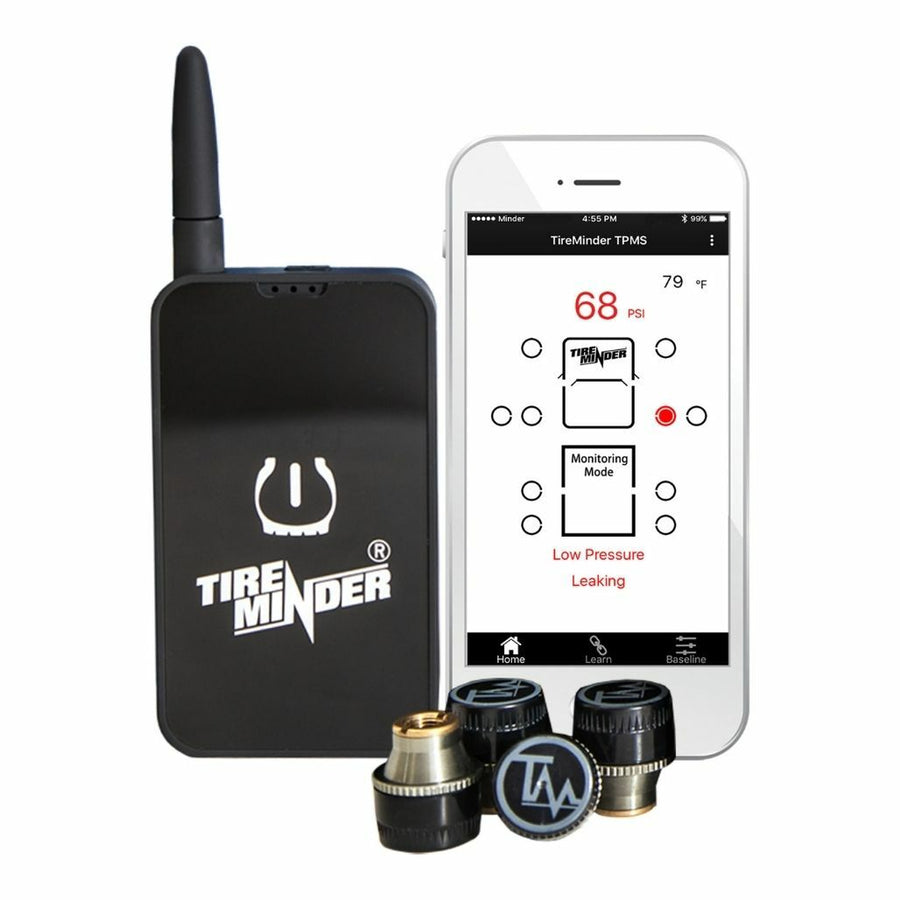
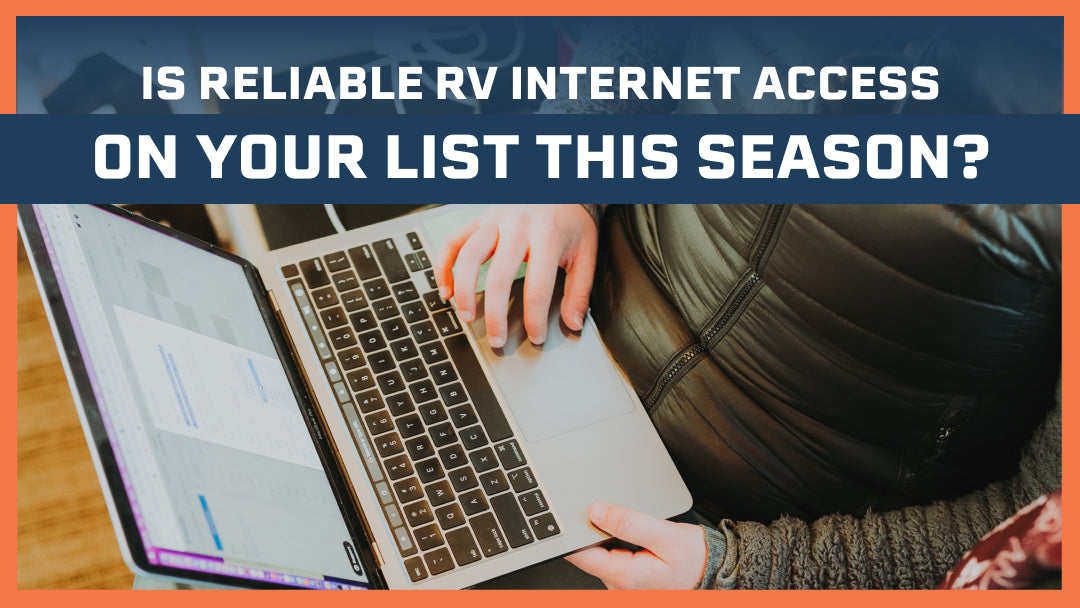
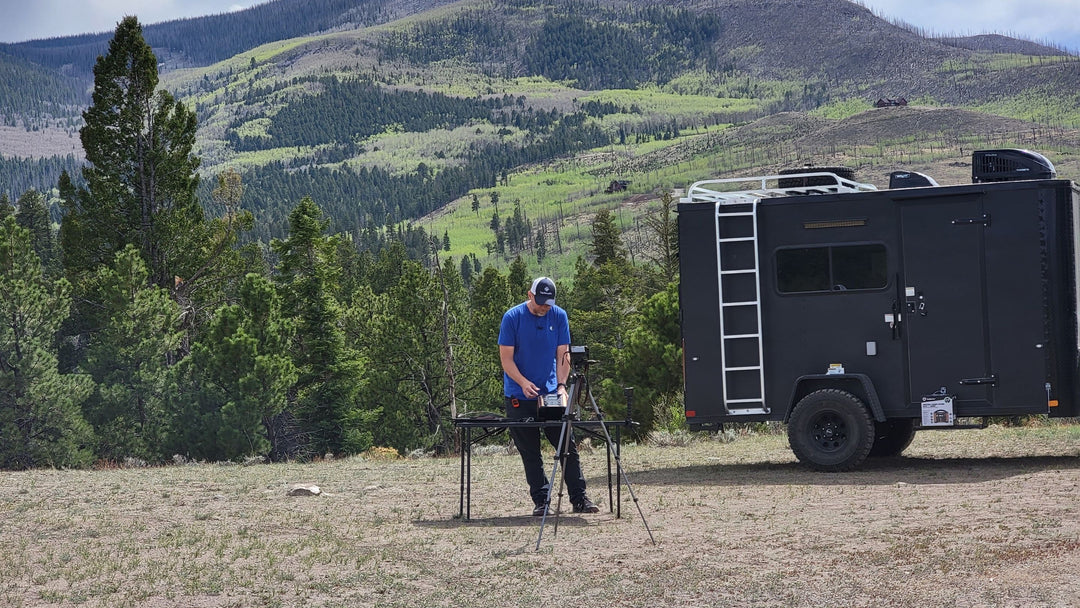
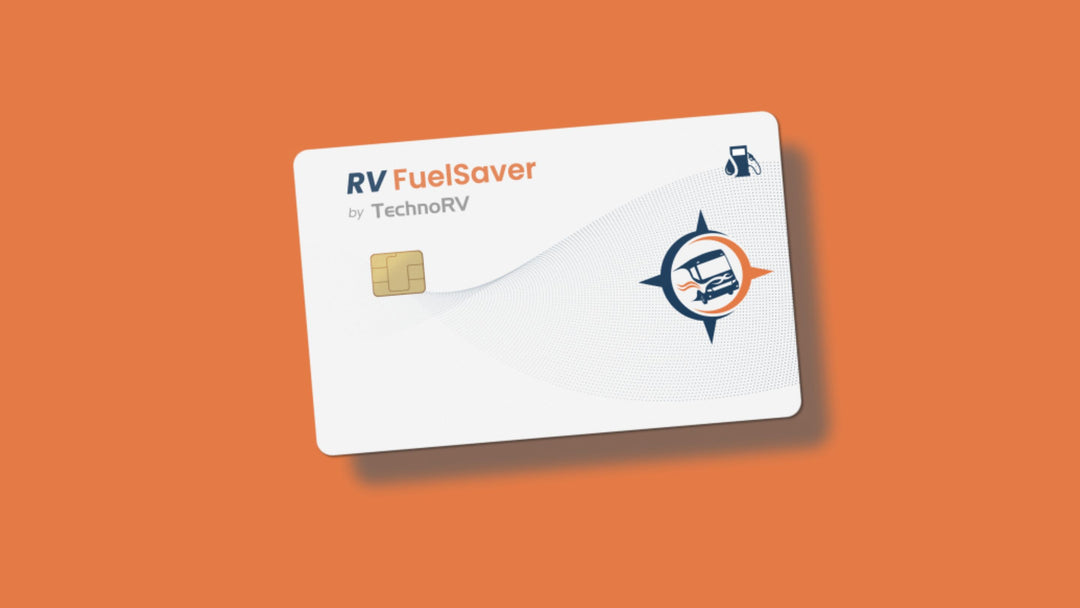
Leave a comment